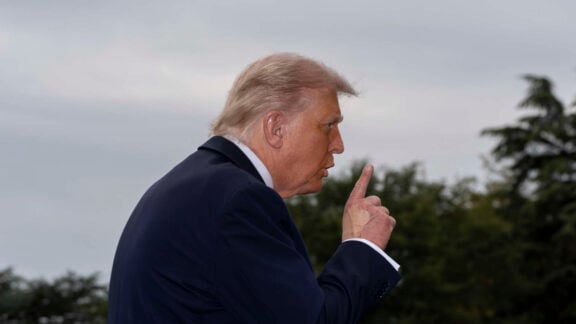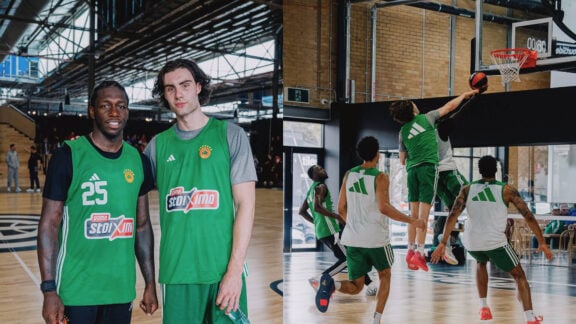EVERYONE has the opportunity to climb ‘Everest’, says John Kazanas, the first Greek-Australian to summit the highest mountain in the world.
“I guess my hope is that sharing my journey will motivate as many people as possible to overcome their fears in life and assist them to achieve their goals” – John Kazanas, first Greek-Australian to summit of Mt Everest.
Back less than a week after conquering the Himalayan peak, the 38-year-old plans to inspire others through the completion of his upcoming book, Reaching Everest.
“Everyone has their own mountain to climb whether it’s running a marathon or losing weight,” he said.
“Some will never try, whilst others will try hard but never succeed. I guess my hope is that sharing my journey will motivate as many people as possible to overcome their fears in life and assist them to achieve their goals.”
Reaching Everest, to be released in approximately four months, will share the techniques that Kazanas used leading up to and during his eight week expedition including goal setting, visualisation, overcoming fears and increasing pain barriers.
The second part will detail his experience, including the landmark date on May 25 when he summited the northern ridge mountain.
According to Kazanas, summiting involves scaling the ridge in minus 40 degree conditions at 11.30 at night, summiting for 10 minutes at 12pm the next day, before climbing down for four hours to the camp 3 ‘safe’ point.
Camp 3, which is the first resting spot below the summit stands at a whopping 8,300 metres above ground level. The climb is embarked without stopping in the face of howling blizzards, snow blindness, dehydration, and the real possibility of death.
In the face of death, one does not eat and the only liquid available is the thermos of tea, now frozen. The lid must be broken off and the ice melted with the warmth of one’s tongue. “You can stop but if the storm comes in you might die so the idea is to move as fast as you can,” he said.
Seeing the preserved corpses of mountaineers in the snow was the most challenging aspect of the trek, he said.
Also confronting was the death of fellow climber Peter Kinloch, who collapsed following blindness and dehydration.
“He was the first guy I shook hands with when I summited…Even though I trained for 18 months, it was quite confronting. I thought that could be me.”
Kazanas’ prepatory training was intense. It included weight training, rock climbing, 24-hour hiking sessions, food depravation training, intense cycling, swimming and mediation to cope with the mental challenge of the climb.
The outdoors enthusiast said that the experience pushed him physically and mentally to a new level and reinforced that, “you can absolutely achieve anything you want if you set your mind to it.” He attributed both physical and mental strength as necessary ingredients of success, highlighting that visualisation is particularly important.
“Professional sports people do it all the time. For example a footballer visualises kicking a goal and plays it in their head like a movie over and over until it becomes a reality.”
In addition to his book, Kazanas is in the process of setting up a volunteer organisation to take underprivileged children rock climbing. He also plans to enjoy a good coffee and a hearty meal after losing 10 kilograms on his expedition.








